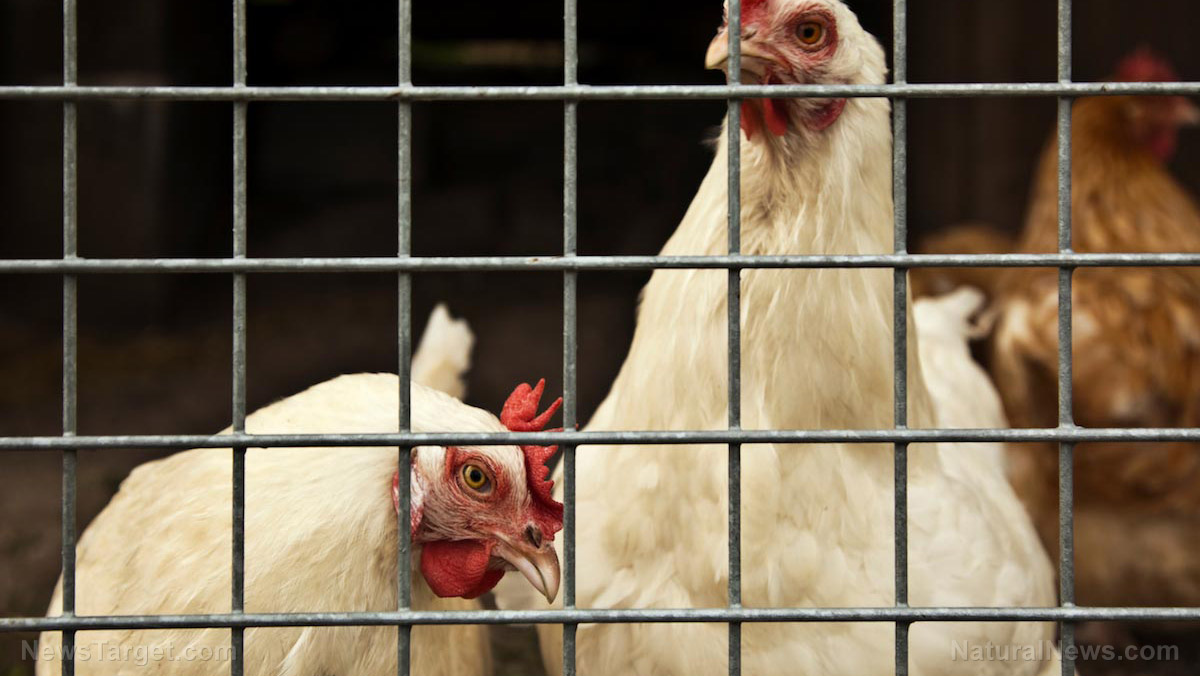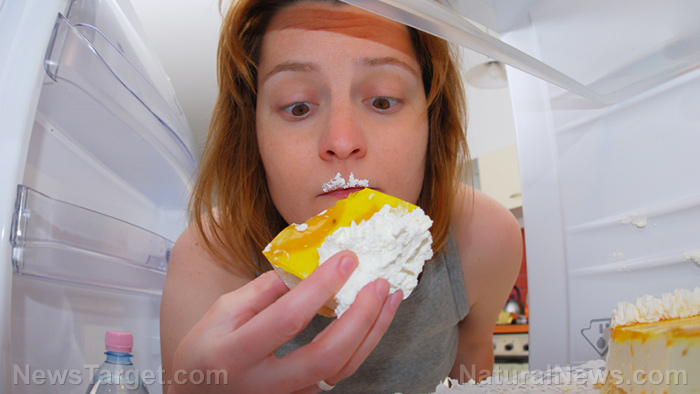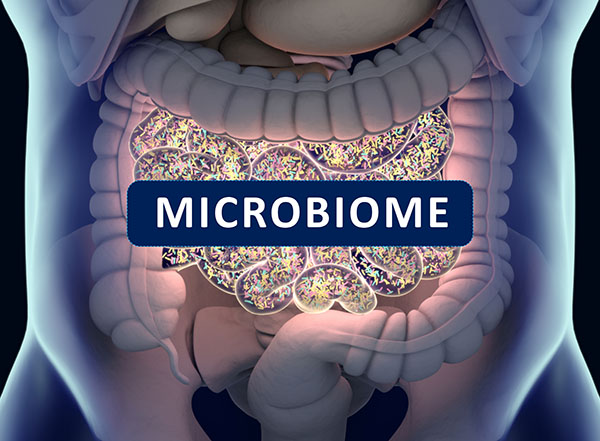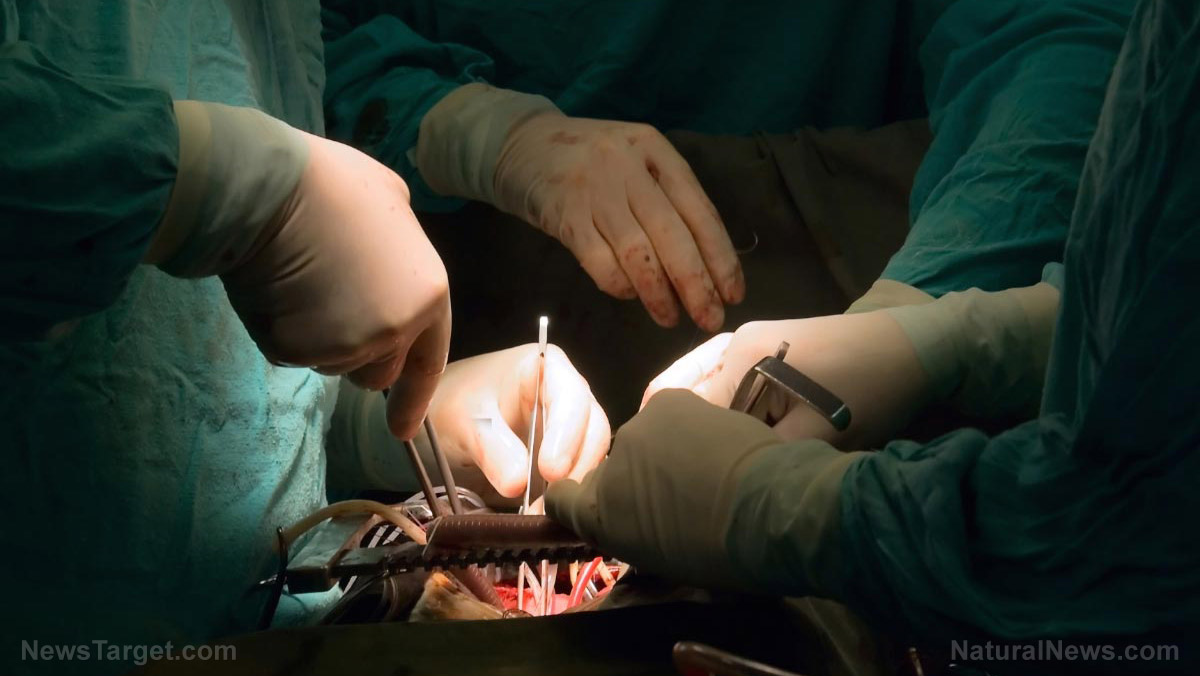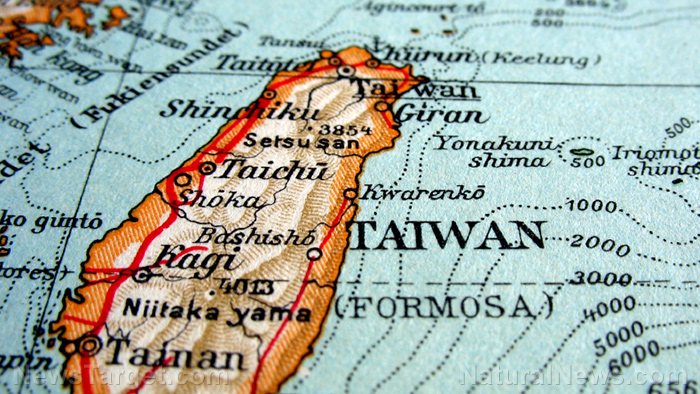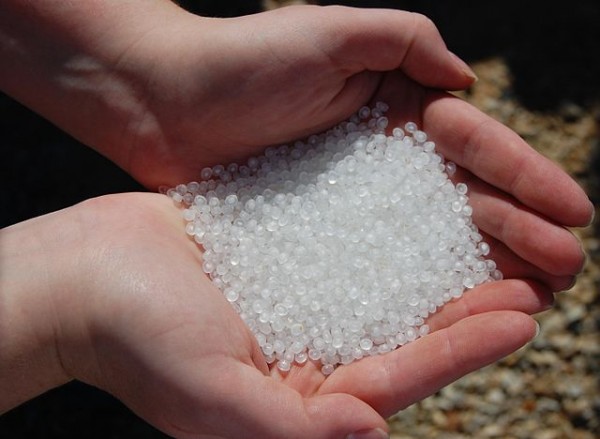
- Plastic food packaging – bottles, containers and wrappers – sheds microplastics and nanoplastics into food and drinks, with studies revealing up to 240,000 particles per liter of bottled water.
- Microplastics infiltrate human organs, including the brain, liver and bloodstream and are linked to higher risks of heart disease, stroke and hormonal disruption due to toxic additives like phthalates.
- The worst offenders include beverage bottles (31 percent of contamination), polystyrene takeout containers (#6 plastic) and ultra-processed foods, which have prolonged contact with plastics during production.
- Switch to glass, stainless steel or ceramic containers; avoid microwaving plastic; use wood cutting boards; filter tap water; and opt for fresh, unpackaged foods.
- Plastic production has surged since the mid-20th century, but regulations lag. Consumers must take proactive steps while awaiting systemic reforms to curb this invisible health threat.
The most dangerous sources of contamination
Beverage bottles are among the worst offenders, accounting for 31 percent of contamination cases. Every twist of the cap releases plastic particles into drinks. Tea bags, made with plastic mesh, flood beverages with microplastics during steeping. Takeout containers, especially those made of polystyrene (recycling code #6), shed the highest amounts. Ultra-processed foods also rank high due to increased plastic contact during manufacturing. Plastics labeled #3 (PVC), #6 (polystyrene) and #7 (miscellaneous) are particularly toxic, as they contain chemicals that migrate into food. While systemic change is needed, individuals can take immediate steps to protect themselves. Replacing plastic containers with glass, stainless steel or ceramic alternatives is a crucial first step. Never microwave plastic, as heat accelerates chemical leaching. Wood or bamboo cutting boards are safer than plastic ones. Filtering tap water with reverse osmosis systems can help remove microplastics. Choosing fresh, unpackaged foods over ultra-processed options also reduces exposure. The evidence is undeniable: The very packaging designed to protect food is poisoning it. While corporations and regulators debate solutions, individuals must take control of their exposure. The era of blind trust in plastic convenience is over. Until meaningful reforms emerge, vigilance – and a return to glass, metal and natural materials – may be the only defense against this invisible invasion. The question isn't whether you're consuming plastic. It's how much – and what it's doing to your body. The time to act is now. Watch this video about how to detox from microplastics. This video is from the Children Are NOT Sex Toys! channel on Brighteon.com.More related stories:
MICROPLASTIC INVASION: Researchers find microplastics in human heart tissue. STUDY: Researchers found microplastics in all human placenta they tested. "Lost" ocean microplastics might be accumulating in estuaries, coastal environments. Polluted bodies: Researchers find shocking levels of microplastics in CHILDREN. Microplastics: The silent saboteurs of global food security and human health. Sources include: NaturalHealth365.com EurekAlert.org USNews.com Brighteon.comNew Jersey secures record $2 billion PFAS settlement with DuPont, Chemours and Corteva
By Laura Harris // Share
Two specific GUT BACTERIUM identified as precursors for MULTIPLE SCLEROSIS
By Lance D Johnson // Share
A viral video ignites federal firestorm over Minnesota fraud
By willowt // Share
Russia activates "unstoppable" Poseidon tsunami drone
By kevinhughes // Share
Russian FM Lavrov: Moscow will back China on Taiwan issue
By ramontomeydw // Share
The breakfast clock: Why timing your morning meal is a secret weapon against high cholesterol
By jacobthomas // Share
The Health Ranger's New Year Revolution: The ultimate guide to health, wealth and freedom
By kevinhughes // Share
"Absolute Healing" on BrightU: Experts explore COVID-19 as an engineered bioweapon
By jacobthomas // Share

